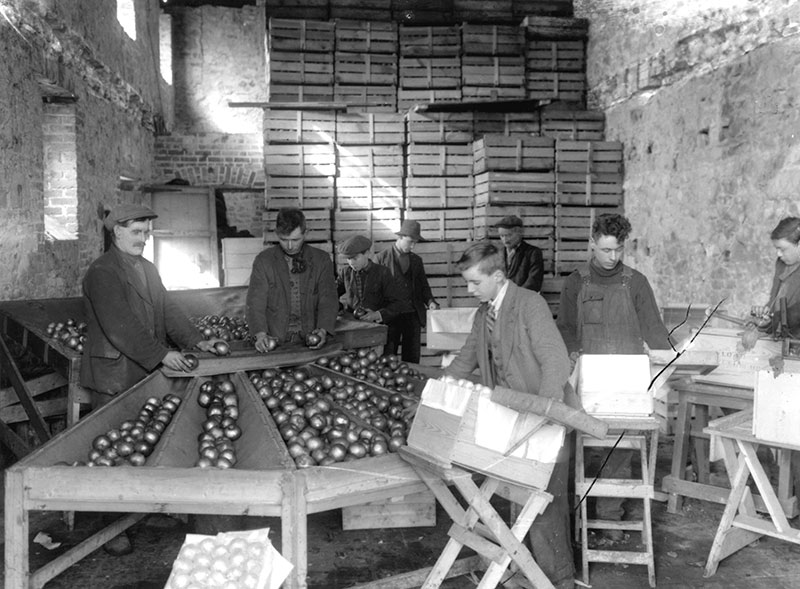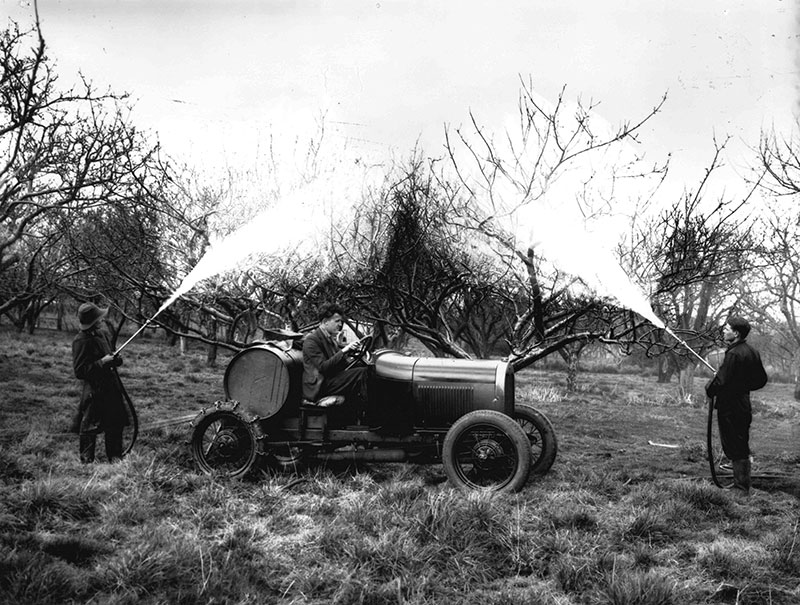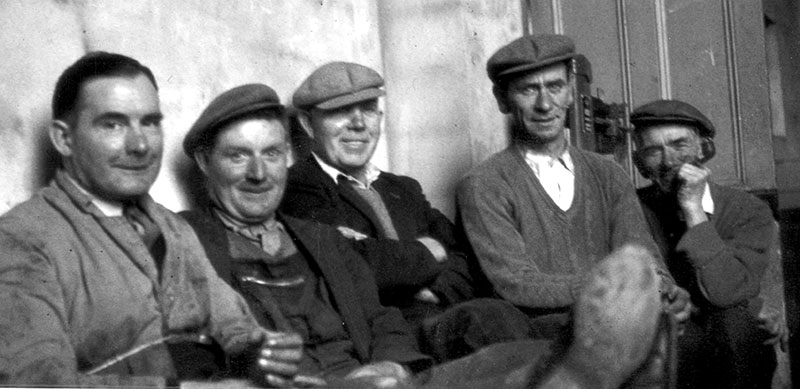LOUGHGALL AND THE HISTORY OF THE APPLE
Loughgall is the heart of a long-established apple-growing tradition.
The history of apples stretches back over 10 million years. Whereas wild crab apples are native to Ireland and pre-date humans, cultivated sweet apples are derived from a species that grows in the forests of the mountain ranges of Central Asia. Strings of dried apple rings were discovered in the 4,500-year-old tomb of Queen Pu-Abi, while Greek and Roman mythology refer to apples as symbols of love and beauty and there are several texts, including Homer’s Odyssey, which refer to apples and to apple orchards. There is evidence that apples grew wild in Britain in the Neolithic period, around 4,000 BC to 2,000 BC, but it was the Romans who first introduced varieties with sweeter taste in the 1st century AD.



